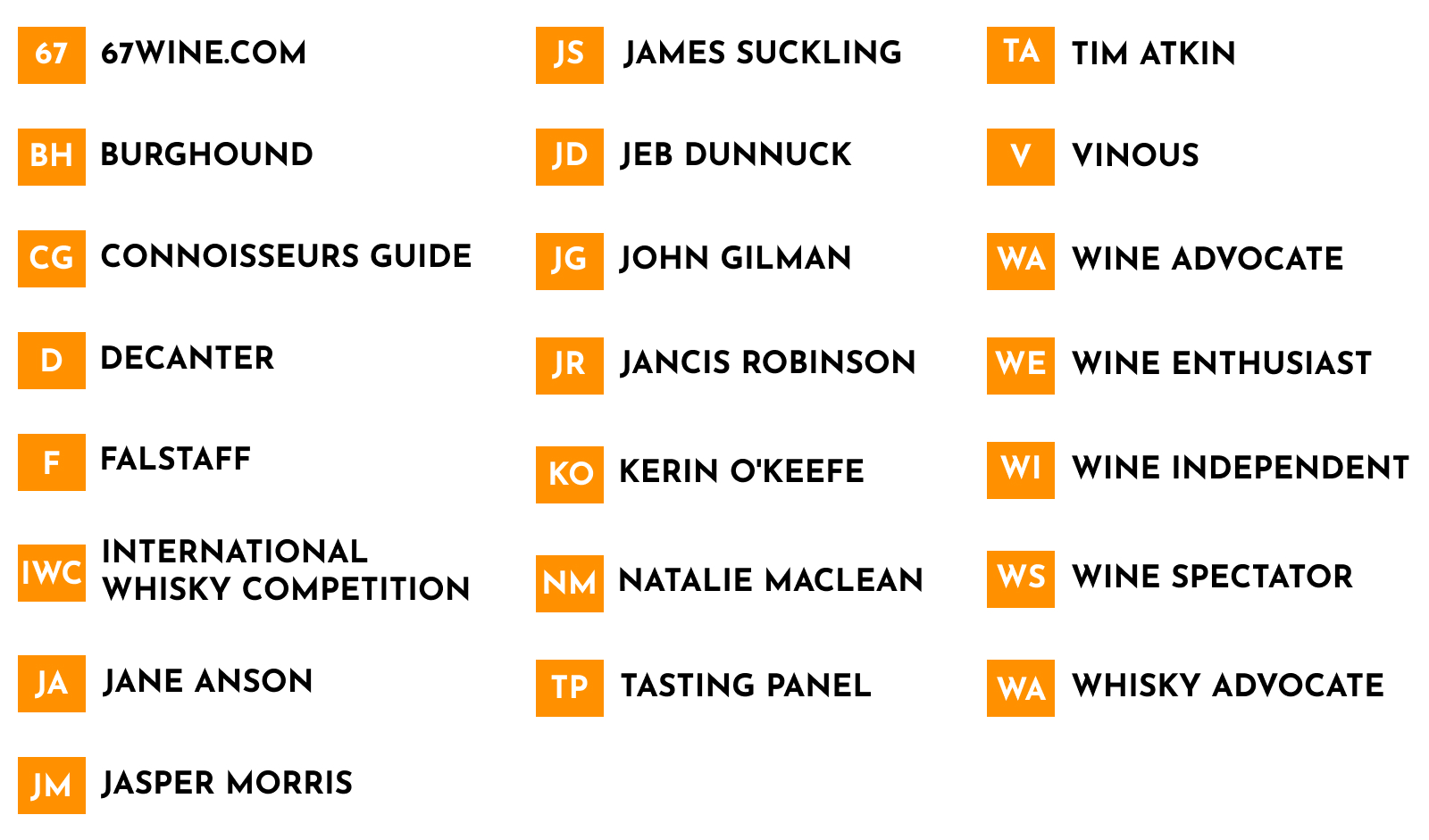But so it is. It wasn’t until the turn of the current millennium that Rosé as we know it today was widely exported outside of France, and the perception of rosé as a sweetish beverage for beginners (think Sutter Home) began to change. Today one would be hard pressed to find a rosé that is remotely sweet. Rosé as we know it now is every bit as serious and appropriate for pairing with a wide range of foods as white wines or lighter reds.
Although the popularity of rosé has exploded over the last couple of decades, the idea of rosé is not really entirely new. In fact, in Provence, where 90% of all wine production today is blush, Romans introduced rosé production methods as early as the 2nd Century AD. Historically, light reds akin to rosé were quite common before the advent of modern fermentation methods and winemaking led to ever more robust and full bodied reds. Ancient Greeks and Romans, in fact, often preferred to drink their red wines diluted.
Today, luckily we do not have to dilute our wines with seawater, as the Romans did, as we have a sea of lovely light, refreshing rosé wines being produced in every corner of the wine world, not just in its spiritual home of Provence.
We are all familiar with the soft, subtle, pale pink rosés of Provence with their typical melon and strawberry aromas and flavors. There are, however, so many other shades and flavors of rosé available today, made from a wide range of grape varieties, not just the ubiquitous Cinsault, Grenache, Mourvèdre, Syrah blends of the south of France.
As rosé buyer here at 67 Wine my goal is to introduce as many of our customers as possible to new and interesting styles of rosé every season. Here are five that should pique your interest, all from different grape varieties, and none from Provence. Enjoy the journey as you explore these and our many other shades of rosé this season.
- Rand Sieger | 67 Wine Buyer
Olga Raffault Rosé 2023
This organic Cabernet Franc rosé from the center of the Loire Valley is made from hand harvested fruit half of which is whole cluster direct pressed, and half seigneé (bleeding off). It is dense and aromatic with fresh acidity and a light pearliness.
Bründlmayer Zweigelt Rosé 2023
From the terraced vineyards of Kamptal, Austria, comes this juicy, organic rose made from the Zweigelt grape. This is medium bodied with a lively, refreshing acidity and finishes with pleasant floral and herbal notes.
Montenidoli Canaiuolo Rosato 2023
The Tuscan grape Canaiuolo, which is often blended with Sangiovese to add herbal notes to Chianti, makes a lovely single varietal rosé here. This has been one of my favorite rosés over the past few vintages. It comes from winery owner Elisabetta Fagiuoli’s organic estate near San Gimignano. Raspberries and violets are punctuated with orange blossom and citrus. Full and dry on the palate with a lively, salty finish.
Birichino Vin Gris 2022
Although this blend of Grenache, Carignane, Mourvèdre, Cinsault, and Rolle is decidedly southern French, the resulting wine here hails from Central Coast, California. Carefully sourced grapes from family owned vineyards in the marine-influenced climate. This is a beautifully structured rose with aromas of crushed stone fruit, subtle herbal notes, and dusty minimality.
Zafeirakis Limniona Rose 2023
Limniona is a grape variety from northern Greece known for its delightful freshness and balance. As a single varietal rosé it makes an expressive wine with intense cranberry, wild strawberry, and mediterranean herb notes that lend a pleasing touch of bitterness to the finish.



